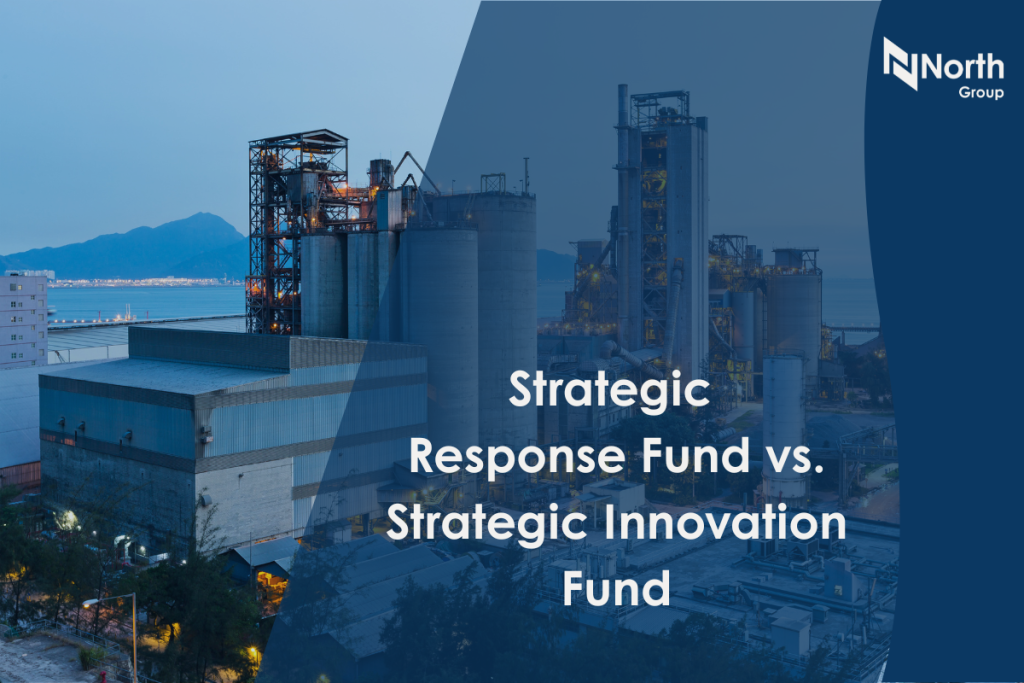Hello Readers,
On Thursday, January 29th, 2009 Northbridge Consultants will be holding our very first free breakfast seminar, to provide a meaningful information session on the SR&ED program. There will be a free, fully catered breakfast buffet, and the seminar is of no cost to attend.
The primary focus will be to provide a complete, thorough understanding of the SR&ED process, and how companies can use this to take advantage of Investment Tax Credits for work performed within Canada.
The seminar on January 29th will be held at the Cambridge Hotel & Conference Center, in the Dorset Room. The address is 700 Hespeler Road in Cambridge, ON.
Breakfast will be served at from 7:30am, and the seminar will run from 8:00am to 9:30am (with an intermission at the 45 minute mark to allow for a break). The Northbridge team will be staying after the seminar for you to approach us with questions.
The speakers at this event will include:
Sol Algranti, President & CEO of NorthBridge Consultants
Ajay Sinha, VP of Operations of NorthBridge Consultants
Gerry Fung, Account Manager with NorthBridge Consultants
Ashley Demers, Sales & Marketing Specialist with NorthBridge Consultants
also in attendance will be our special guest speakers:
Ken Lancaster, Tax Principal at MacGillivray Chartered Accountants & Business Advisors
Larry Vokes, Community Development Advisor with EMC Canada
To register, or for more information, contact:
Ashley Demers at (519) 623-2486 x 231 or ashley@northbridgeconsultants.com
You may also feel free to pass this information on to anyone you feel may be interested in attending.
Register soon, as seating is limited.
We hope to see you there!

